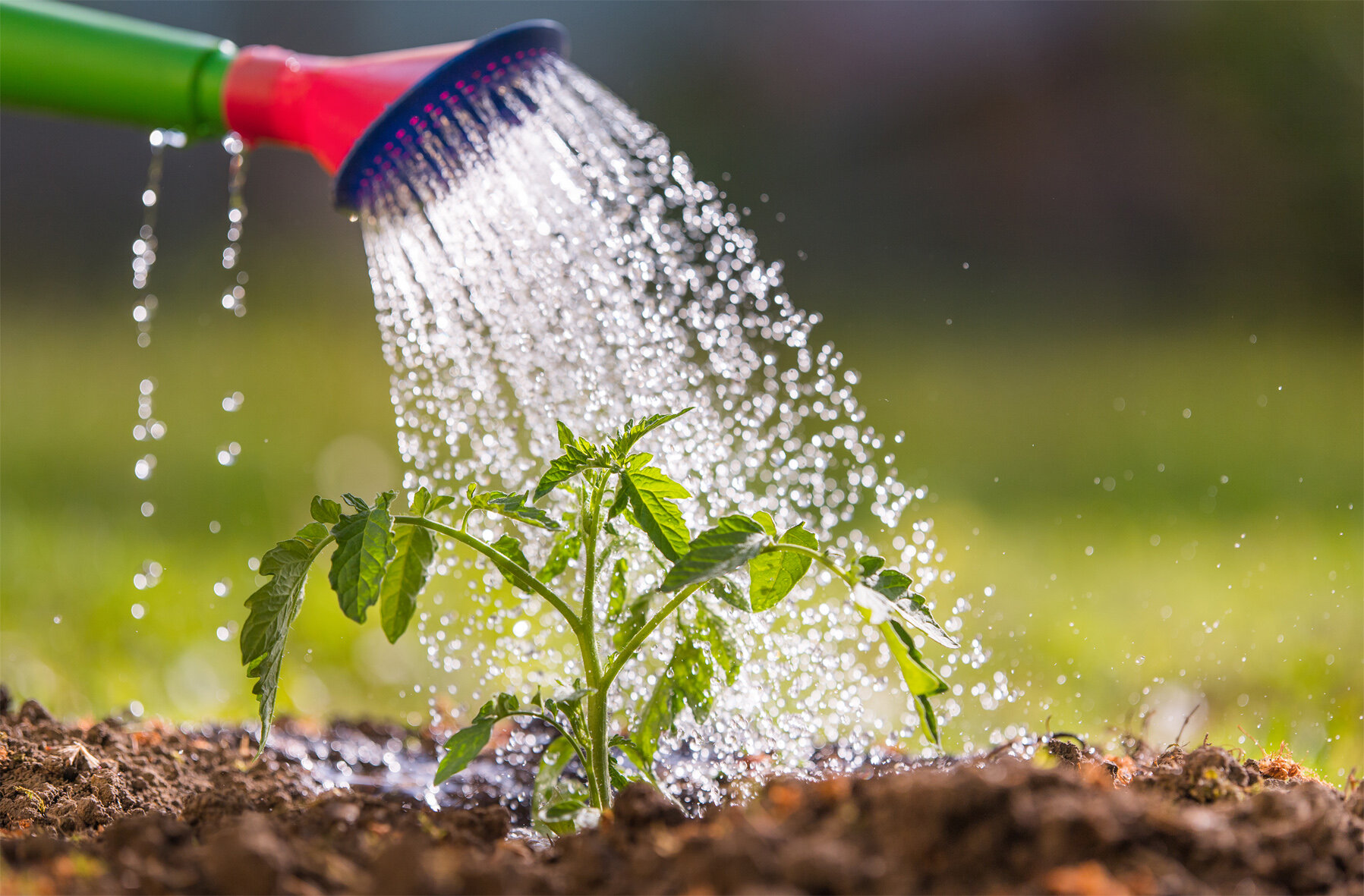Home Harvest: Summer Vegies
Have you always wanted to grow your vegetables or herbs? It’s true when they say ‘nothing tastes as good as home grown’, and once you’ve tasted it, you’ll know why. It’s tastier, juicier, crunchier and all the more sweeter because you grew it yourself! Starting a vegie garden is easy and there are options to suit all spaces (yes, even your balcony!), tastes and budgets.
How much sun:
Most vegies need at least six hours of sun a day. Tomatoes, chillies, beans, eggplants will grow in sun-drenched spots, although, will benefit from a light shading from the hot afternoon sun, particularly on those 35+ deg days! For ‘shady’ spots (sun for most of the day and filtered light in the afternoon), grow leafy greens like spinach, lettuce, rocket and Asian greens, beetroot, carrot or radish. Always check plant labels for specific sun requirements.
How much space:
If you don’t have much room to grow, look for ‘dwarf’ varieties of your favourite plants. Most fruiting plants like tomatoes, beans, chillies have dwarf or smaller growing forms - they’re usually as productive as their normal sized selves! Lower/shallow growing vegies like spinach, rocket, baby carrots, spring onions are all perfect for small spaces, too.
But if you have the space, well, the world is your oyster! Sweet corn, pumpkin, melons, snake beans, heirloom tomatoes. . .
What soil do I use:
If you’re planting in the garden and the soil is easy to dig, simply add in compost and organic matter, like Dynamic Lifter before planting. These soil conditioners will help give your plants a good start to life, plus, Dynamic Lifter is a gentle feeder, too. If the soil is quite hard, it’s likely that your soil is made up mostly of clay, which you will need to loosen before planting. Add compost, organic matter and liquid gypsum - this will be a continual and regular process, but overtime, your soil will improve.
When planting in pots, use a good quality potting mix. If you’re filling up a raised garden bed, consider purchasing loose garden/vegie mix from your local nursery - this is often better bang for your buck, especially if you have a few raised beds to fill.
What to feed:
As vegies are using a lot energy to grow and fruit, it’s a good idea to feed regularly to help promote strong growth, flowers and fruit. Look for a liquid or soluble fertiliser which is specifically formulated for vegies or fruiting plants. PSA: Seasweed is not a fertiliser.
How much do I water:
Water regularly, ideally in the morning before you head to work or study, especially if it’s going to be hot day (check local watering restrictions). Ensure watering is consistent and the soil is evenly moist.
What is eating my vegies:
Your growing feast won’t go unnoticed! Unwanted guests like aphids, white fly and mites are typical sap-sucking insects which will slowly (or quickly, depending on numbers) ruin your plants. Carefully spray with a suitable pesticide, ensuring you read the label and directions prior to spraying.
When to harvest:
Harvest times will vary depending on what you grow. When sown from seed, leafy greens can be ready in as fast at 6-8 weeks, while fruiting plants can take up to 3 months. But believe me, the wait is worth it! Tip! Sow successive crops to extend the harvest window, eg. after 3-4 weeks, sow another crop of spinach.
What do I do after:
Once the season has finished, remove crops and add to compost or the green waste bin. Add organic matter, like compost and well-rotted manure to your soil and fork in well, ensuring that it’s dug well into the soil. Top up the soil with fresh mix, if needed.
My Top 5 Summer Vegies:
Tomatoes (I love cherry and beefsteak tomatoes)
Lettuce mix (cos, baby leaf, buttercrunch)
Beetroot
Chillies (Thai chilli, cayenne, habanero)
Beans (Dwarf or climbing)
If you have the space, you may also want to consider: sweet corn, sweet potato, melons, pumpkins, okra, artichoke, capsicum or eggplant.
Where to buy seeds:
Local garden centre or nursery
If you want a practical guide to growing your own, come join me for a fun 2-hour workshop, Sunday 3rd November @ Parramatta Library. You’ll learn how to plant and care for your herbs and vegies and take home a planter box full of goodies!
Spaces are limited! Click here to book: https://www.eventbrite.com.au/e/small-space-edible-gardening-workshop-at-parramatta-library-registration-65759262725



